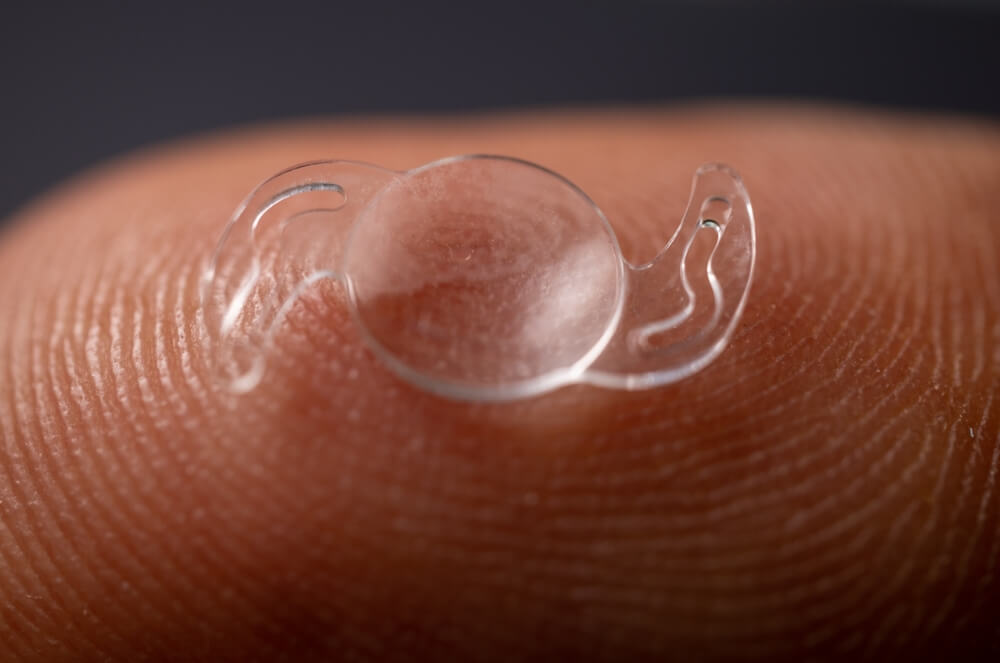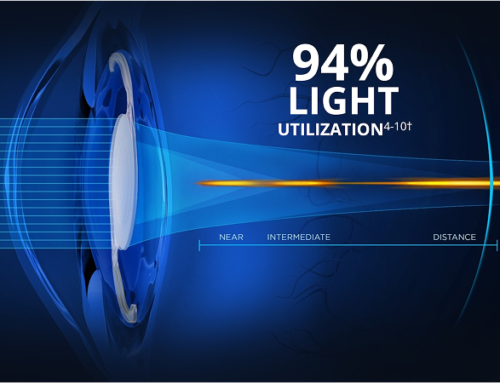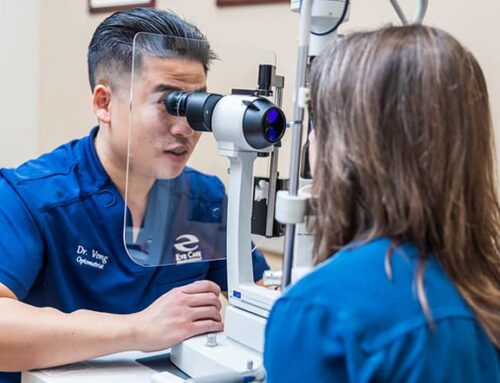In healthcare and science, there is a constant push for technological advancements to improve sight and enhance the quality of life for millions of people. One important advancement is Intraocular Lens (IOL) technology. This technology helps cataract patients and eye surgeons improve vision and preserve eye health. There are a range of options available with this technology.
In this blog, learn more about the advancements in IOL technology and how this can help improve your vision and life quality.
Intraocular Lens (IOL) Technology
It’s important to first understand the meaning of IOL technology. Cataracts, which cause cloudiness in the eye’s lens, can lead to vision impairment, requiring the removal of the affected lens. Historically, monofocal intraocular lenses were the gold standard, providing a fixed focus at one distance. Today, an IOL can do much more, including refractive correction, reducing the need for glasses or contact lenses, and, in some cases, correcting presbyopia.
Materials Available
Intraocular lenses (IOLs) are made from different materials, each selected for unique characteristics and advantages. Polymethylmethacrylate (PMMA), silicone, and acrylic (hydrophobic and hydrophilic) are the most frequently used materials.
- PMMA: This material has been used for many years and is recognized for its clarity and stiffness but it necessitates a larger surgical incision.
- Silicone IOLs: These lenses are more flexible, enabling smaller incisions and faster recovery.
- Acrylic IOLs: Hydrophobic varieties are especially favored due to their biocompatibility and lower likelihood of causing posterior capsule opacification, a common complication after surgery.
Evolution of IOL Technology
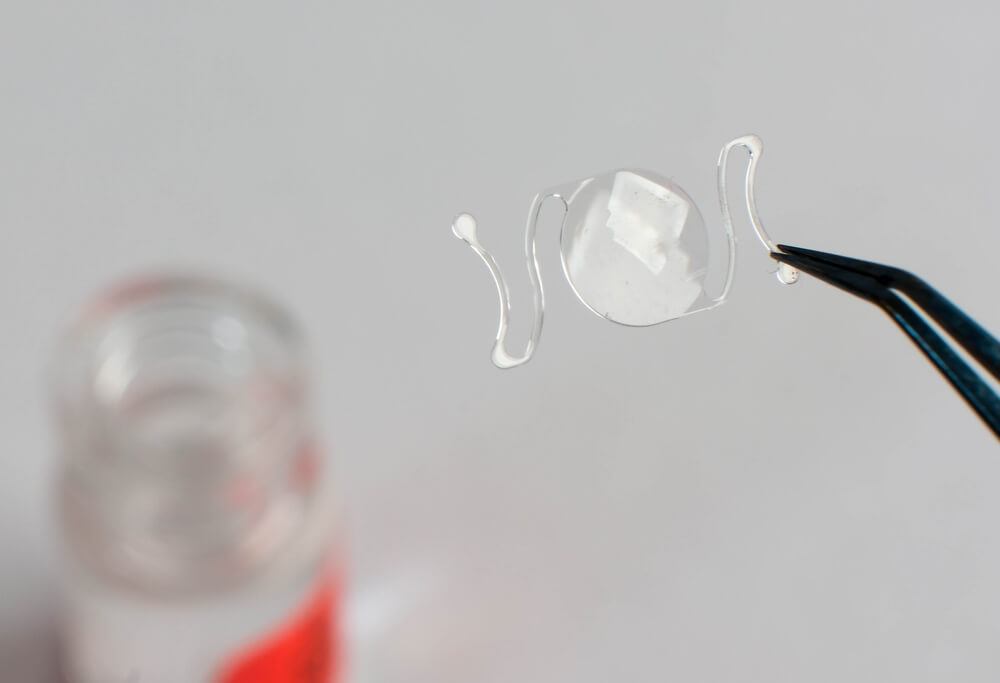
Historical Context
In 1949, Sir Harold Ridley, a British eye specialist, performed the first implantation of an IOL. Before IOLs were available, patients remained aphakic (lens-less) following cataract surgery. After surgery, these patients needed strong hyperopic glasses to refract light and focus images on the retina.
During World War II, Sir Harold Ridley saw pilots getting hurt by pieces of broken airplane windshields in their eyes. This inspired him to invent a special lens for the eye called an intraocular lens (IOL). The lens was made from polymethyl methacrylate (PMMA), which is also known as acrylic glass.
Traditional IOLs
Early IOLs were rigid and had fewer features for adjusting to different light conditions. They also carried some risk of postoperative complications, such as inflammation or dislocation. Despite these challenges, they laid the groundwork for more sophisticated designs.
Advanced Materials and Designs
Poly(methyl methacrylate) (PMMA) and silicone were the first materials used for IOLs. Modern IOLs, however, encompass many materials, including hydrophobic and hydrophilic acrylics and collamer, which offer excellent biocompatibility and optical properties.
Recent Advancements in IOL Technology
IOL technology has developed and improved over the years, with numerous advancements being introduced. Here are some of the most notable recent advancements that have made cataract surgery and vision correction more effective and personalized.
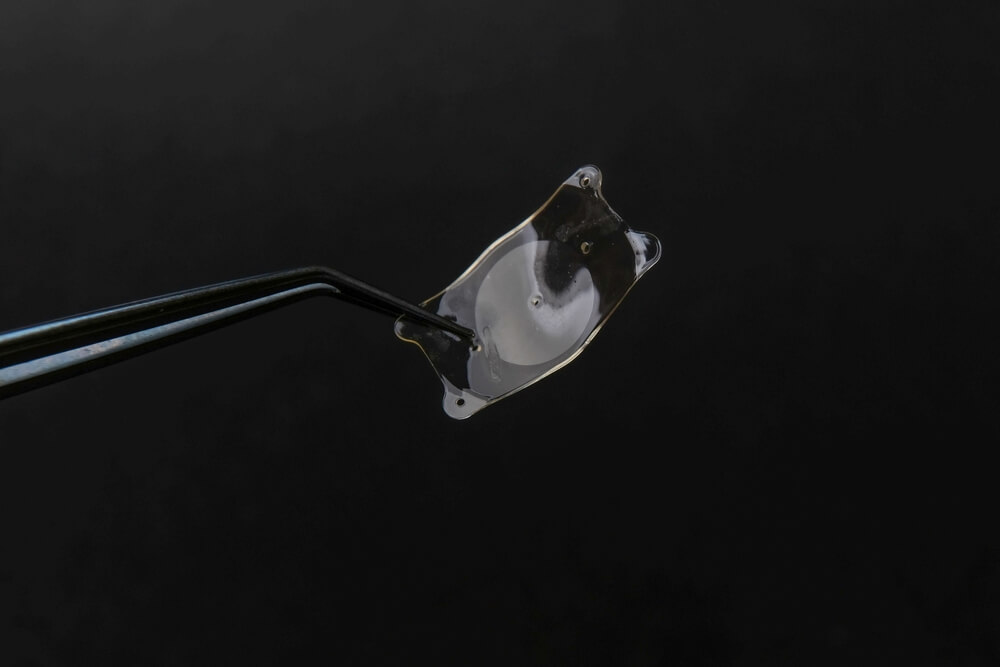
Improved Optical Quality
Newer IOLs feature aspheric designs that reduce spherical aberrations, providing a sharper image quality compared to traditional spherical designs. The incorporation of wavefront technology has paved the way for high-definition IOLs, delivering enhanced visual acuity.
Enhanced Biocompatibility
Materials science has led to the development of IOLs that provoke minimal inflammatory responses. Surface modification techniques, like nanostructuring and plasma coating, reduce the incidence of posterior capsule opacification (PCO), which can diminish visual quality over time.
Customization and Personalization
Custom IOLs are now available, with the potential for patient-specific correction. Special lenses can correct astigmatism and other vision issues. This customization can improve the success of cataract surgery. The correction is tailored to each individual’s specific needs.
Surgical Techniques and Implantation
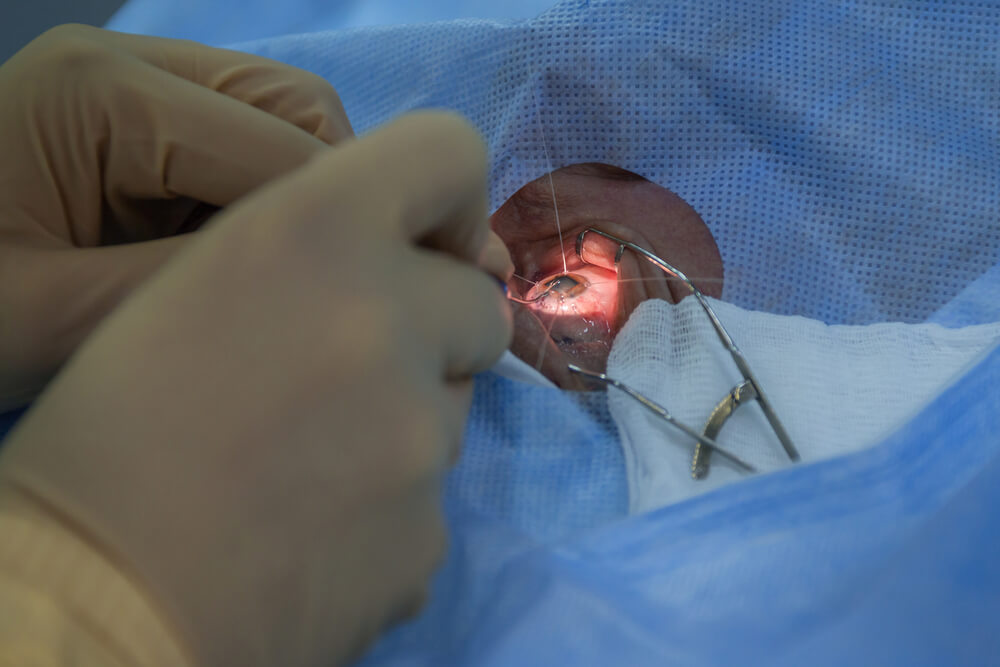
Refractive Cataract Surgery
Refractive cataract surgery aims to reduce or eliminate the need for glasses or contact lenses. It combines IOLs with techniques like corneal incisions and laser technology, ensuring patients achieve their desired vision outcomes.
Minimally Invasive Procedures
Advances in surgical equipment and techniques have led to minimally invasive procedures. Smaller incisions result in quicker recovery times and less risk of astigmatism. Using femtosecond lasers for cataract surgery is a game-changer, offering incredible precision in lens fragmentation and more predictable refractive outcomes.
Future Directions and Emerging Trends
Cataract surgery stands as the most commonly conducted procedure worldwide. With a growing and aging population, there is an increasing need for IOLs. Patients are increasingly looking to be rid of glasses post-surgery. In response, IOL manufacturers are introducing various premium lenses available to U.S. surgeons, according to the American Academy Of Ophthalmology.
The Promise of Continued Innovation in IOL Technology
IOL technology continues to forge ahead, promising revolutionary changes in how we approach vision correction and eye health. These developments offer hope for those facing cataract surgery and are a testament to the power of innovation within the ophthalmic field. As we move forward, the possibilities appear as limitless as the clear, unobstructed vision these advancements will provide.
By staying informed about the latest IOL advancements and benefits, cataract patients and their ophthalmologists can collaborate to make the best choices for individual circumstances. We at the Eye Care Professionals are dedicated to providing exceptional eye care solutions to improve your vision. Our ophthalmologists have vast expertise in cataract surgery and IOL implantation, ensuring you receive the highest quality care. Contact us today to learn how our types of IOLs can help you achieve a clear vision!




